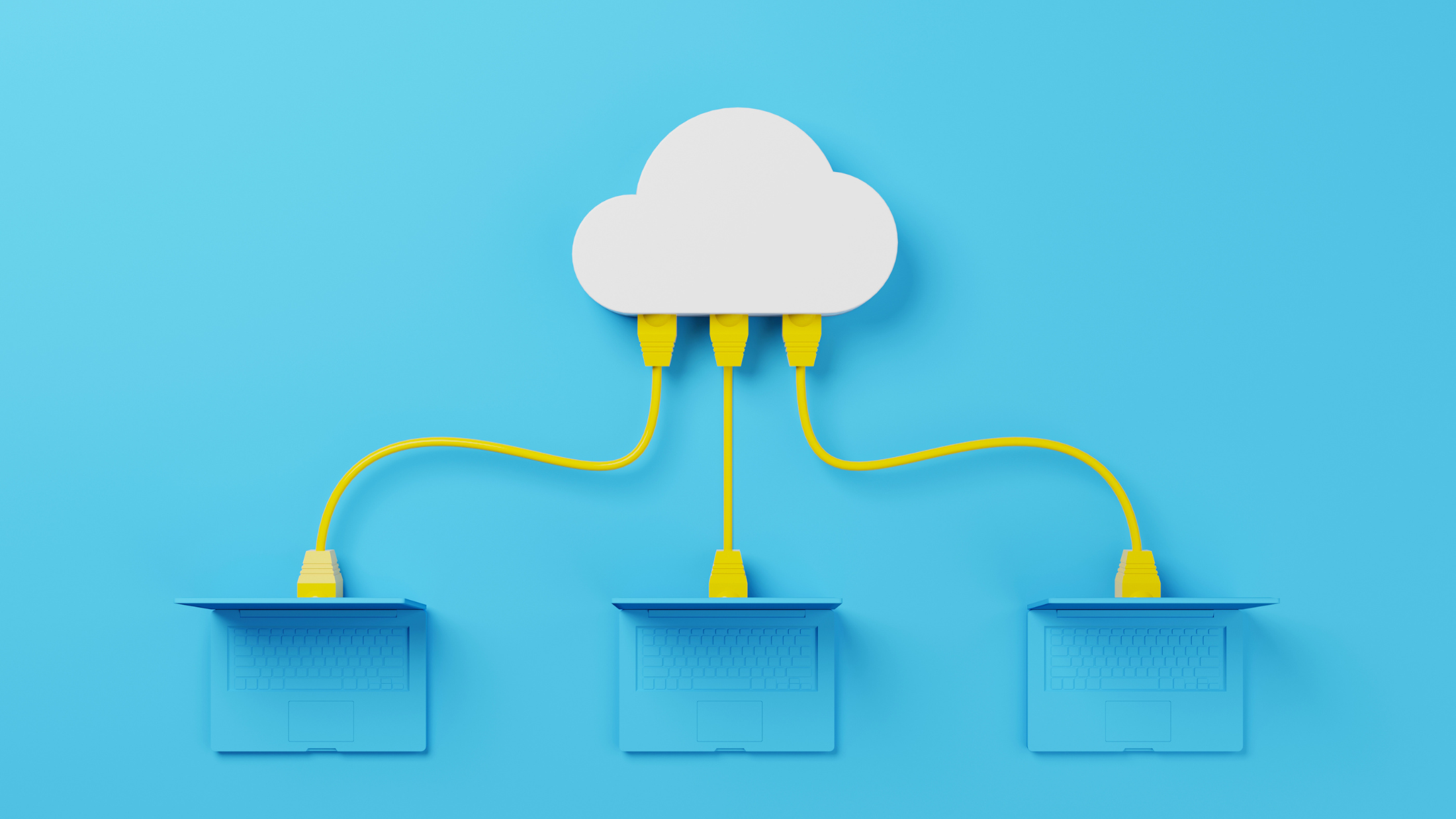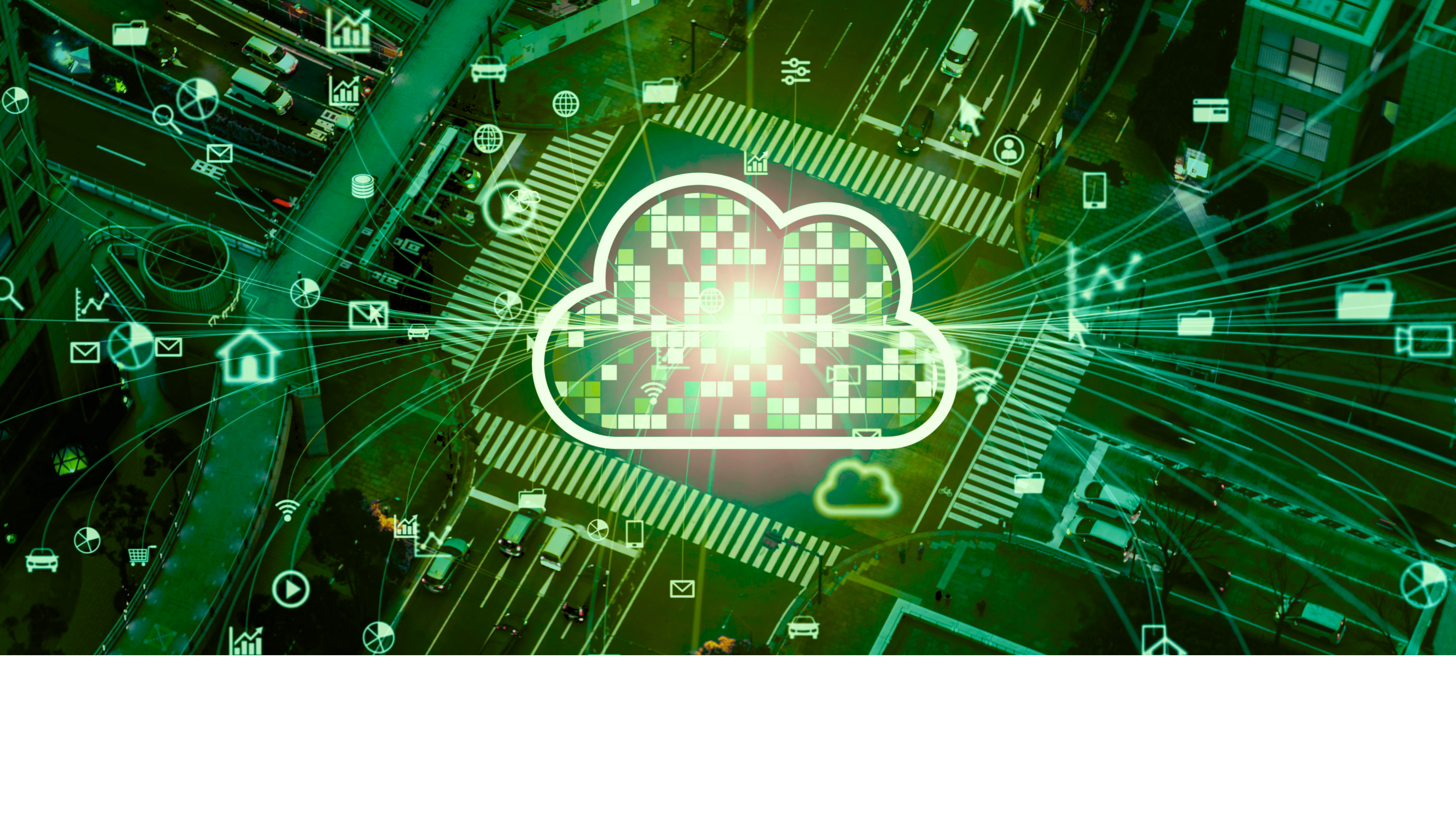
It has become easy to spin up any services that many CFOs and senior managers are unsure of. They often are unaware of which cloud services are being consumed, and are landed with a large bill at the end of the month. Many of these services may boost productivity and are required for the ongoing operation of the business, but how much of that is wasted.
We’ve all heard the horror stories of a company getting a bill of $100k when they were budgeting for $1000 of cloud costs.
- Where does it all come from?
- Which department is responsible for the spend? (It is not usually the IT department)
- Which staff member provisioned the services and for who? (This is usually the IT department, but again not usually for themselves)
- What services can be turned off at the end of a project?
- When your next project is budgeted to cost $1 million dollars what is projected ongoing monthly cloud cost?
- Are we choosing the right cloud? Are we choosing the right cloud services?
Are these questions regularly asked within your organisation?
Where does it all come from?
Traditionally, there would have been a project to implement a new server that would have been costed and budgeted for. This would have been scoped to last 3 + years and followed a procurement process.
These days, anyone with a credit card can purchase cloud services, reducing the barrier to entry very quickly. Cost will start off very small, however as more of the team utilise these services, the cost will exponentially increase.
Which department is responsible?
It is easy to have assets such as laptops and desktops and allocate them to a specific department. Even things such as a payroll system or marketing spend, can be all allocated to a department quickly.
How do you track what services marketing, finance and sales are using? Short of signing off expense forms, are all the cloud costs assigned to a specific department, or is it just lumped under “IT STUFF”?
Who provisioned what, and for who?
This is an extension of which department is responsible. Who provisioned the cloud service, and is it the most appropriate service? Was there a collaboration with other departments who are using similar services that could be leveraged?
End of project lifecycle
What happens at the end of the project? Are all the compute services left on and just left to 'virtually rot'? Are you also aware of all the services that are related to a specific project? Whilst the requirement for a project might be:
- 3 servers
- load balancer (LB)
- firewall (FW)
There might be some additional services spun up in storage accounts, logic and function apps etc. When you turn off the 3 servers, LB and FW at the end of the project do you remember to close off the ancillary services? Is there a better way to track this?
Project scoping
This is similar to the traditional project model for IT. It gets scoped and built to last for 3 years, and for the first 2 years it is underutilised.
However, the costs for this are exactly calculated, including space in a rack in a data center, storage, cabling, network etc.
Now, we mostly talk about a project as a development process and to deliver the functionality that we need. What is usually left out is: what are the ongoing cloud costs; how many servers; how much storage will I need to run this service for the next 3 years.
What can I do about it?
While this seems like a lot of doom and gloom regarding cloud spending getting out of control, there are some relatively simple processes in place to help get not just visibility, but processes to decommission and right-size your environment.
Where to start - quick wins
Starting to unravel your IT spend might seem like a daunting task, but there are some easy places to get some quick wins:
Check license utilisation:
-
- Are you using add-on features which would be cheaper jumping up into the next license level?
- Are you only using a limited set of features and can get a cheaper license?
- Are all your users active?
-
Cloud spend optimisation:
- Locking in some license types for 12 months can offer cheaper pricing
- If you know the level of machines that you are going to be using and expecting to use for at least 12 months, look at using reserved instances (RI)
- Other quick wins:
- Turn off and decommission where possible
- Reach out to a trusted partner
- Create tagging strategy - don't use something like 'Rob's Super Awesome VM'
License utilisation
Licensing is a difficult topic, however there are some really simple things that can be done to reduce licensing spend:
Review all active account and ensure that accounts are all still active. E.g. Bob from engineering left 3 years ago, but still has an active license. Remove licenses from users that have left the organisation, and consolidate licenses as much as possible.
The next is to check the licensed features to see if you are getting the most out of the licenses that you have. This can sometimes be tricky to track down. Engaging with a trusted advisor such as CNS, will be able to review this with you and formulate recommendations.
Once you have a track of your active licenses and are on the correct level, look at locking in licenses for 12 months to see if there are options for better pricing.
Cloud spend optimisations
The quickest wins can be made with RI. If you know a server is going to be in place for quite some time look at getting RI. There can be savings made by simply putting this in place.
Server/service decommissioning
Once a project or service has run its course, there should be a process to decommission it. Make sure that all components for each server/service are also decommissioned. Any servers/services left on and just sitting there are consuming resources and costing you money.
Create a tagging strategy
Whilst this isn’t a quick win, starting to create a tagging strategy will help with reporting for your cloud spending. If you are not working with a green fields environment, we have the following recommendation/examples:
- TicketNo:xxxxxxxxxx
- Department:xxxxxxxxx
- CostCenter:xxxxxxxxx
- Environment:Dev/UAT/Production/Decom
Tags can serve a couple of purposes:
Reporting
Reporting, especially on department/cost center, becomes a lot easier if tagging is implemented
Rules
A machine that is tagged as dev will be shutdown at 6pm every evening
A machine that is tagged as decom will send an alert if it gets powered on
Further spending improvements
This is really only the tip of the iceberg with the optimisations for cloud spending. There are a lot more processes that can be put into place that will assist with your journey in cloud.
Contact us if you’d know someone that may like some help with this topic. Waste less cloud.

 Robert McQuhae
Robert McQuhae


